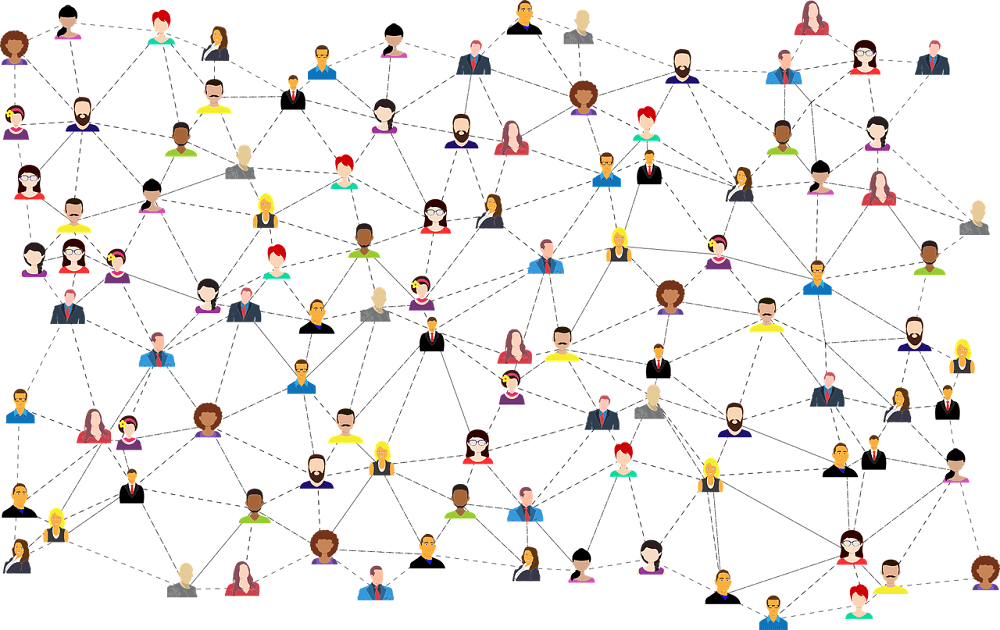An astounding 72% of consumers say they will now only engage with communications tailored to their interests. But, considering each will receive an average of 1,216 emails every month, it’s hardly surprisingly.
As Ray Wang, founder of Constellation Research states – “if you’re not delivering mass-personalisation, you’re irrelevant, you’re noise, you’re junk mail. Brands have less than a second to capture consumers’ attention with something contextually relevant.”
But beyond avoiding another unread message, successful customisation can have a significant impact for retailers. A recent study found that 75% of consumers reported being more likely to purchase from a brand that used their name and provided personalised recommendations. Additionally, shoppers who have experienced a high level of personalisation from a retailer, award net promoter scores 20% higher, than those who experienced a low level. Finally, a survey of marketers also found many crediting customisation for both higher click-through rates (75%) and decreasing unsubscribes (40%).
Given the above, it is no wonder that the majority of businesses are already using customer data to customise their comms. However, according to research conducted by Experian although the majority are personalising their comms, the extent to which they are doing this differs greatly:
As illustrated in the graph above, whilst most companies (62%) are using basic data e.g. first name, a very small portion (9%) are utilising more sophisticated information, such as preference centre data.
Now, there are certain brands that will have access to more data than others, but as only 22% of consumers are satisfied with the level of personalisation they receive from brands, it’s fair to say many companies have some way to go. With this in mind, we have highlighted three areas brands should be focusing on to maximise their customer communications:
- Message
- Channel
- Timing
1. Message
As is the case with any communication, ensuring the content of your message is relevant and of interest to the recipient is vital. Personalised recommendations have been a part of ecommerce for quite some time and due to advancements in machine learning, their accuracy and value has improved tenfold. Although this is hardly a new concept, it is worth remembering that personalised recommendations are reportedly what accounted for 35% of Amazon’s revenue not so long ago, and thus their value should not be underestimated.
Furthermore, research conducted by Experian found the three most justifiable uses of personal data, according to consumers are as follows:
- Providing discounts on items you have purchased in the past 54%
- Discounts on your birthday 53%
- Updates on deals and information relevant to your closest store 36%
Whilst the first two are relatively common within ecommerce, it is interesting to see how beneficial making use of contextual data e.g. customer location, could be.
2. Channel
Many brands may look to align channel preferences along generational lines but as research from the CMO Council has revealed, customers across all generations now expect businesses to provide multiple channels for engagement. The study highlights that a massive 85% of respondents expect companies to offer both physical and digital communication channels. When asked which channels they anticipate brands to utilise, the following five were identified: Email, Telephone, Text, Website and In person (percentages illustrated below).
According to the aforementioned study, when asked which channel attributes were most important, recipients quoted convenience, reliability and speed.
This is where SMS communications can really make a difference. Not only do they showcase the above attributes, they are also cost-effective and benefit from a conversion rate of 32% – even more impressive when you consider that the average conversion rate for email is just 3.26%.
3. Timing
Even a bespoke message is irrelevant if sent at the wrong time. For instance, sending an SMS to a customer about a flash sale, the day after the sale has ended – no longer valuable. Thus, delivering comms to recipients whilst they are still relevant, is crucial.
A great example of how timing can be used to optimise a personalised customer message, is with abandoned shopping carts. Barclaycard reports that in the UK alone, consumers leave £18 billion worth of products in online baskets every year. Being able to convert even a small percentage of these, can have a large impact on a businesses revenue. Therefore setting up a simple automation, to send an SMS or email to a customer within 30 minutes – 1 hour of abandonment, could prove very profitable.
In short, the role of personalisation in customer communication is significant. Creating bespoke communications, is an effective way to show your customers not only that they are valued, but also that you know them. With more and more companies investing in smarter tools to analyse customer data, it is more important than ever before to ensure messages to customers are relevant and add-value.
If you’d like to identify ways to improve your customer communication strategy today, get in touch with one of our friendly advisers at [email protected].


